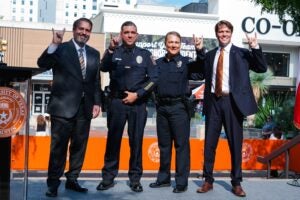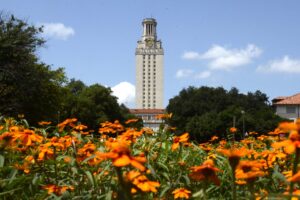After years of delays, NASA hopes to launch this week a European-built laboratory that will greatly expand the research capability of the international space station. Although some call it a milestone, the launch has focused new attention on the space agency’s earlier decision to back out of plans to send up a different, $1.5 billion device — one that many scientists contend would produce far more significant knowledge. The instrument, which would detect and measure cosmic rays in a new way, took 500 physicists from around the world 12 years to build. But with room on the 10 remaining shuttle missions to the space station in short supply, many fear that it will remain forever warehoused on Earth, becoming the most sophisticated and costly white elephant of the space era. As a result, the imminent launch of the $1 billion Columbus laboratory — the kind of scientific workspace that the station’s backers always said would be its reason for being — will take place under something of a cloud. The Columbus lab will get relatively limited crew time, at least until 2009, when the crew size is to increase from three to six. According to Zell, the experiments on Columbus range from those that are largely mechanical and computerized to life science and crystal experiments that require frequent human involvement. The lab, designed to last 10 years in orbit, will have several small, unpressurized pods that will expose bacteria and metals to the radiation, vacuum and extreme temperatures of space; another will monitor and measure solar radiation. Nobel laureate Steven Weinberg, a theoretical physicist at the University of Texas, is one of many researchers frustrated by the priorities NASA has set, and he has publicly discussed the AMS issue as a prime example of what he thinks has gone wrong. If the instrument were ferried to the station, he said, its study of cosmic rays “would be the only significant science ever done on the space station. This device could make discoveries that are Earth-shattering,” he said. “We have an opportunity now to do some worthwhile fundamental science on the ISS, and they’re resolutely turning their back on it.”
The Washington Post
The Device NASA Is Leaving Behind
(Dec. 2)



